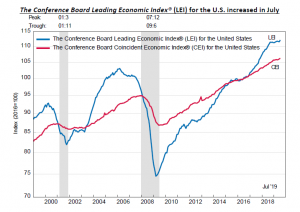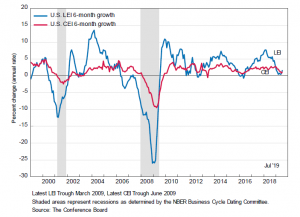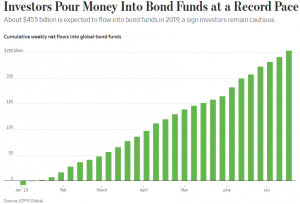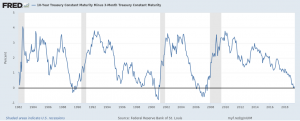The S&P 500 index gained 1.7 percent in September despite headwinds from slowing global growth, the ongoing trade war with China, rising geopolitical tensions in the Middle East, and the new impeachment inquiry into President Trump. The S&P 500 closed out September at 2976.74, compared to 2980.38 at the end of July and 2913.98 on September 30, 2018.
Since the Federal Reserve initially cut interest rates on July 31, 2019, the S&P 500 was roughly flat at the end of September, and had gained 2.3 percent over the previous twelve months. Clearly the trade tensions have had a lot to do with that, and it has been an exhausting exercise. One day President Trump bashes China at the United Nations General Assembly, and literally the next day he says a deal with China “could happen sooner than you think.”
President Trump’s supporters suggest his version of “3-D chess”- a complicated negotiating game that works to his advantage – is helping, while his detractors say it is an indication of an ad hoc policy that changes depending on what the markets are doing at that time.



